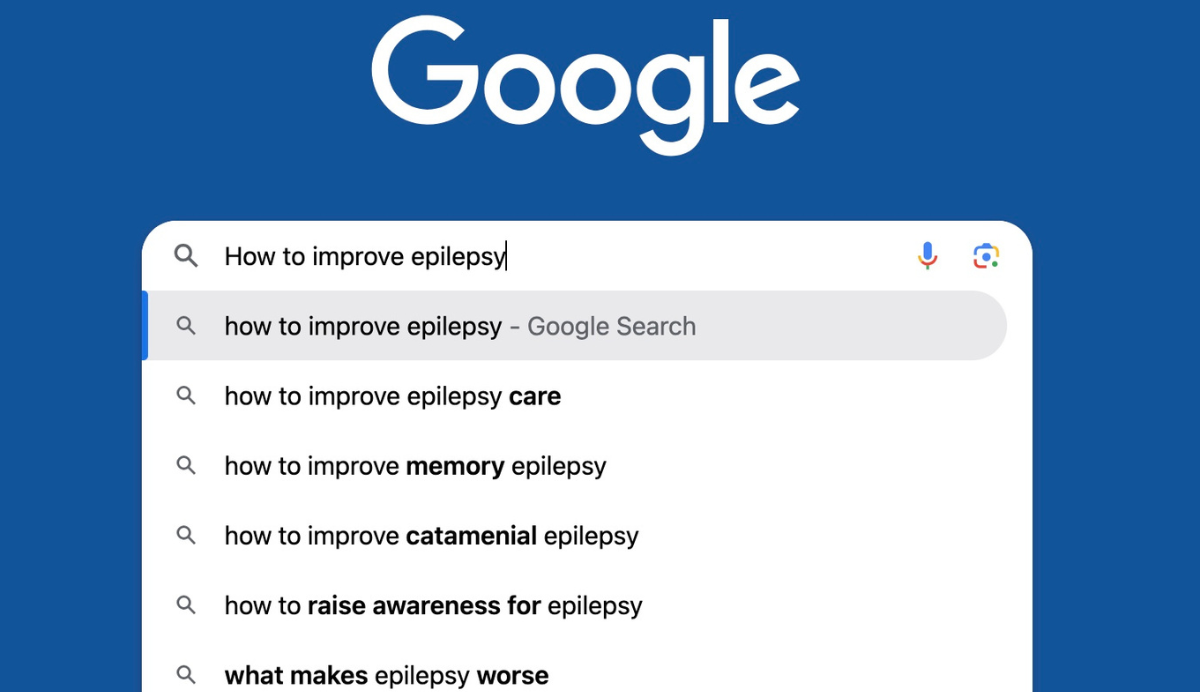There have been amazing advances in epilepsy research over the last decade, but many of these techniques are only available in specialist research centres, limiting access for numerous Australians living with epilepsy. The Australian Epilepsy Project (AEP) is democratising access to these advanced techniques, allowing all Australians to benefit from the latest research methods to improve their medical care. The recent Australian Epilepsy Project Conference for 2023 presented research being carried out by AEP scientists and clinicians, showcasing cutting-edge techniques to improve epilepsy treatments.
Here's an overview of the research currently undertaken by the AEP’s scientists and clinicians.
AEP’s Chief Investigator, Professor Graeme Jackson, has been a world leader in epilepsy research over the last 30 years. He pioneered the use of magnetic resonance imaging (MRI) for diagnosing epilepsy and using MRI scans to plan epilepsy surgery. Although these days most individuals with epilepsy will get a brain MRI scan as part of their treatment, there was once a time when MRI was considered a niche technology. Professor Jackson’s work was instrumental in demonstrating the advantage of this technique for surgery planning. His research uses MRI to identify structural and functional brain changes in epilepsy patients that have been crucial for successful surgery.
Associate Professor Heath Pardoe’s work uses artificial intelligence to measure brain health via MRI scans. His research illustrates that ongoing seizures can prematurely age the brain, but these effects can be reversed by interventions such as surgery.
Dr David Vaughan, AEP’s Imaging Lead, is using a new MRI technique that can measure iron levels in the brain. Iron is involved in a range of biological processes underpinning healthy brain function. Changes in iron deposition in the brain is also associated with a range of neurological disorders. Dr Vaughan has shown that iron levels appear to remain stable across newly diagnosed and long-term epilepsy cases, and that increased iron levels in some brain regions are associated with cognitive changes in epilepsy patients.
Depression is often a common problem in individuals with epilepsy. AEP Neuropsychology Lead, Dr Chris Tailby is investigating how depression affects memory in people living with epilepsy. Memory testing is an important part of treatment planning because it can assist physicians in determining which parts of the brain are affected in a person with epilepsy. Dr Tailby found that specific memory tests were still deemed valid from a clinical perspective despite symptoms of depression, demonstrating that these tests are useful for all epilepsy patients.
There is a genetic component to many types of epilepsy, and Melbourne researchers have made substantial contributions identifying both specific genes that cause rare forms of epilepsy, and genetic factors that contribute to the risk of developing common epilepsies. Dr Karen Oliver is working on new techniques that use genetic tests to measure the risk for developing epilepsy and associated conditions such as depression. These new methods will allow AEP researchers to combine genetic information with imaging and cognitive data to better predict health outcomes in epilepsy patients.
All individuals with epilepsy have had seizures at some time in their lives, but beyond this all patients are unique. Substantial research efforts have been devoted to developing methods that capture individual characteristics of people with neurological disorders to enable personalised treatment strategies. Dr Remika Mito developed a new technique that uses MRI to identify how connections between brain regions change in individual epilepsy patients. Her methods can be used to diagnose different forms of epilepsy, as well as assist physicians to determine where in the brain the seizures are coming from.
Not everyone who has a first seizure will develop epilepsy. Current methods for identifying who will go on to develop epilepsy after their first seizure perform little better than chance. Dr Suyi Ooi’s research aims to leverage information from MRI scans along with clinical information to design methods for predicting who is at risk of developing epilepsy after they have had their first seizure.
The AEP teams’ work spans imaging, neuropsychology, and genetics research, improving our ability to characterise and treat epilepsy. Our research innovations have included new artificial intelligence methods to assist in earlier diagnoses and treatments, and measuring how ongoing seizures can affect the brains of people living with long-term epilepsy. The AEP has developed an innovative web-based tool used by the neuropsychology team for cognitive testing of participants and volunteers via telehealth, from the comfort of their own home. In addition, AEP researchers are developing advanced MRI techniques for personalised assessment of brain changes in epilepsy. These techniques are used to measure how fundamental biological processes can affect memory and other aspects of brain function in epilepsy patients, contribute to improved seizure management and in turn, change people’s lives.

Ask an Epilepsy Expert: What can I do to help my condition?

Ask an Epilepsy Expert: How is epilepsy diagnosed?


.png)